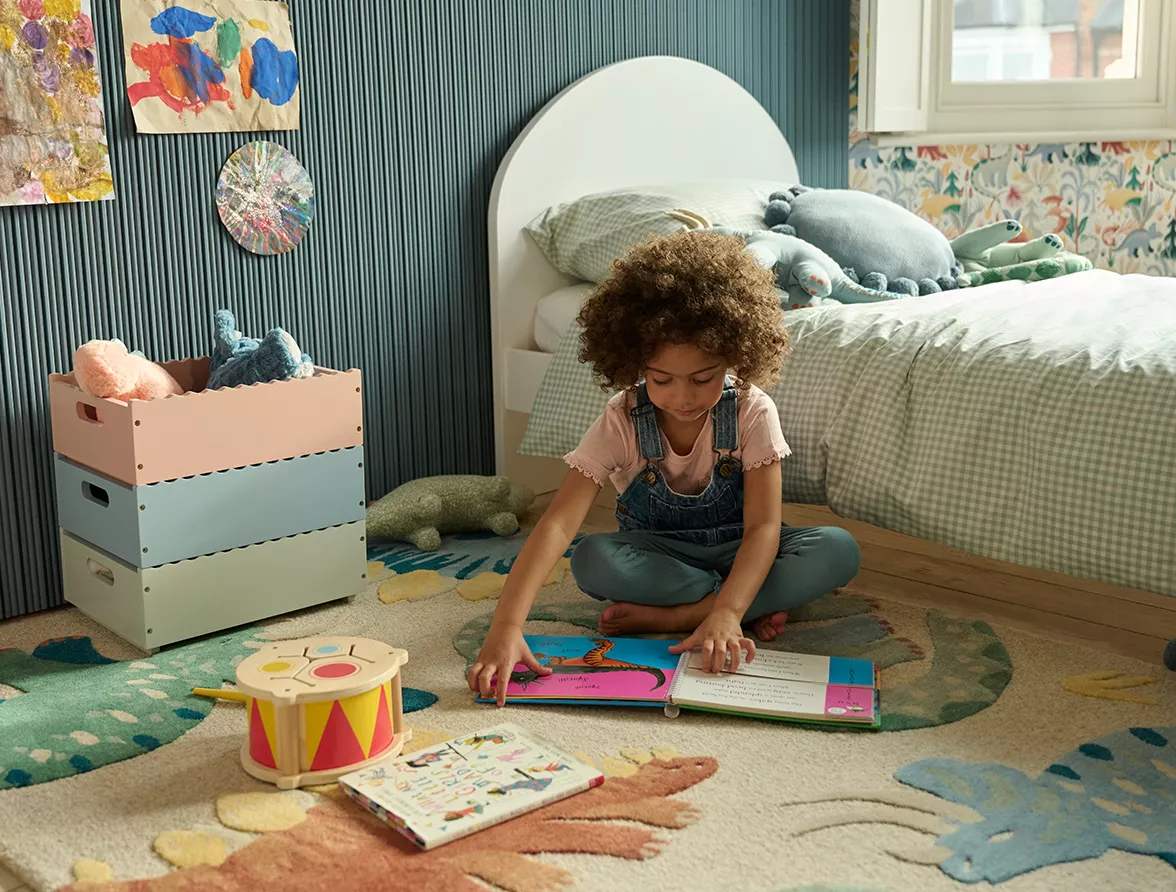As parents, one of the most exciting and rewarding tasks is creating a haven for our children – their very own bedroom. This space holds the promise of countless dreams, adventures, and memories. In this extensive guide, we’ll delve deep into every aspect of designing your child’s first bedroom, ensuring it’s not just a room but a sanctuary where they can thrive and flourish.
Understanding Your Child’s Needs
Before embarking on the design journey, it’s crucial to understand your child’s needs and preferences. Consider their age, personality, and interests to tailor the room to their unique requirements.
- Age-Appropriate Design: Infants have different needs than toddlers or adolescents. Customize the room layout and furnishings accordingly.
- Personalization: Involve your child in the design process, allowing them to express their personality and creativity.
- Functional Spaces: Create zones within the room for sleeping, playing, and studying to promote organization and productivity.
Layout and Spatial Planning
The layout of the bedroom sets the stage for its functionality and aesthetics. Careful planning ensures optimal use of space and smooth traffic flow.
- Room Orientation: Consider factors like natural light, ventilation, and noise levels when arranging furniture and decor.
- Safety Measures: Implement safety features such as window guards, secure furniture anchoring, and rounded corners to minimize hazards.
- Future-Proofing: Anticipate your child’s growth and changing needs by leaving room for flexibility and adaptability in the layout.
Furnishing Essentials
Choosing the right furniture is paramount to creating a functional and comfortable space for your child. Focus on quality, safety, and versatility when selecting furnishings.
- Bedding Options: Decide between cribs, convertible beds, or bunk beds, keeping in mind safety standards and your child’s age.
- Storage Solutions: Integrate ample storage options like closets, dressers, and under-bed drawers to keep the room organized and clutter-free.
- Ergonomic Design: Invest in ergonomic furniture like study desks and chairs to support your child’s posture and concentration.
Colors, Themes, and Decor
The color palette and theme of the bedroom contribute significantly to its ambiance and visual appeal. Explore creative ways to infuse personality and style into the space.
- Color Psychology: Choose colors that promote relaxation, creativity, and a sense of well-being. Experiment with wall paints, wallpapers, or murals to add visual interest.
- Thematic Elements: From whimsical fairy tales to adventurous jungle themes, let your child’s imagination soar with themed decor elements like bedding, wall decals, and accessories.
- Personal Touches: Incorporate personalized touches such as framed artwork, name decals, and family photos to make the room feel truly special and unique.
Enhancing Creativity and Learning
A child’s bedroom should be a nurturing environment that stimulates curiosity, creativity, and learning. Integrate interactive and educational elements into the design.
- Reading Nook: Create a cozy reading corner with a bookshelf, bean bag chair, and soft lighting to foster a love for reading and storytelling.
- Art and Craft Zone: Designate a space for arts and crafts activities, complete with a sturdy table, storage bins for supplies, and a display area for showcasing masterpieces.
- Educational Displays: Incorporate educational posters, maps, and interactive learning tools to encourage exploration and discovery.
Final Touches and Accessories
The finishing touches add warmth, personality, and character to the room, tying together the overall design scheme.
- Soft Furnishings: Layer the room with soft textiles like rugs, curtains, and throw pillows to create a cozy and inviting atmosphere.
- Wall Art and Decor: Hang framed artworks, wall decals, and decorative mirrors to add visual interest and personality to the space.
- Functional Lighting: Install a combination of overhead lighting, task lighting, and nightlights to cater to different activities and moods.
Conclusion
Designing your child’s first bedroom is a labor of love, an opportunity to create a sanctuary where they can feel safe, inspired, and empowered to explore the world around them. By considering their needs, preferences, and developmental stage, you can craft a space that nurtures their growth, fosters their imagination, and cultivates a lifelong love for their own little corner of the world. Let this guide inspire you as you embark on this exciting journey of creating a haven that truly reflects the essence of your child’s spirit and dreams.


